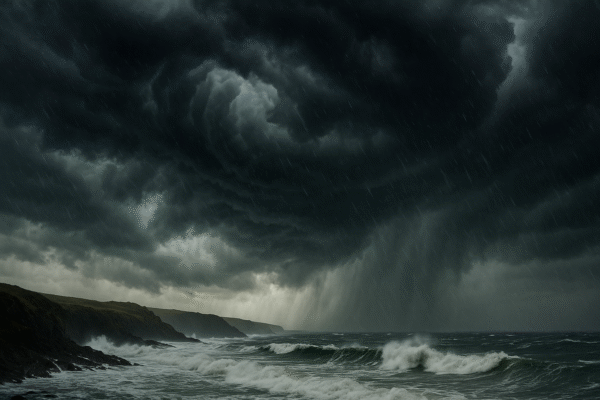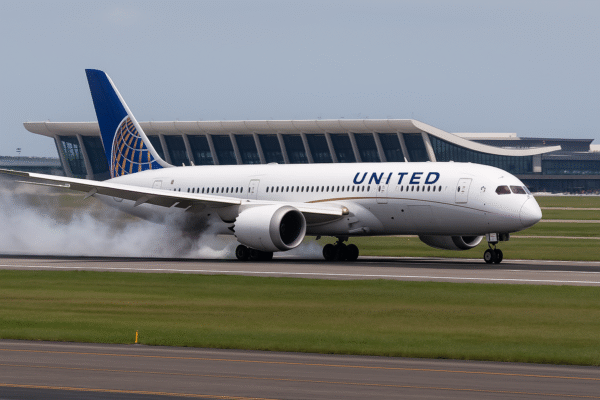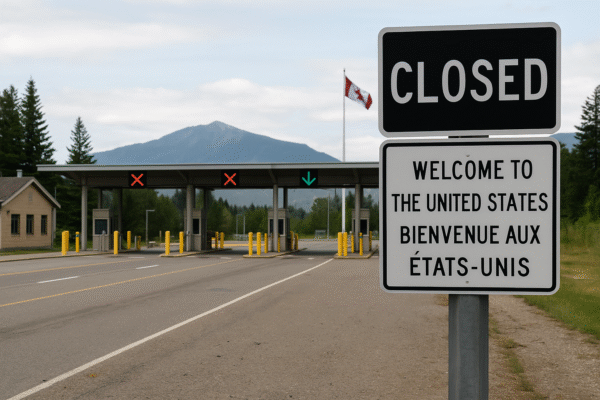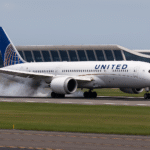In 2025, Montana and five other U.S. states — Texas, Arizona, Ohio, Michigan, and Maine — are grappling with severe tourism downturns due to a sharp decline in Canadian visitor arrivals. Canadian tourists, historically among the top international visitors to the United States, are increasingly opting out of travel to the U.S., citing political tensions, stricter immigration scrutiny, and a weakening Canadian dollar.
For border states like Montana, which heavily rely on Canadian traffic through entry points such as Roosville and Sweetgrass, the economic implications are stark. According to recent figures from U.S. Customs and Border Protection, Montana saw a year-over-year drop in border crossings of between 24.76% and 29.27% across key ports. The decline in traffic has had a domino effect on local economies, particularly in tourism-dependent towns such as Whitefish and Kalispell.
Montana’s Struggling Tourism Economy
Montana’s tourism industry, long buoyed by Canadian spending on outdoor recreation, lodging, and hospitality, is experiencing dramatic downturns in 2025. April saw a 44% decline in Canadian credit card spending across the state — a key metric for international tourist economic contribution. This loss directly correlates with widespread hotel cancellations and reductions in group travel from Canada.
Whitefish, a popular ski and summer destination, has been particularly affected. One prominent hospitality business reported a $38,000 loss when a Canadian sports group canceled a 70-room booking and a catered dinner for over 200 attendees. Kalispell has also seen declining occupancy rates during what would traditionally be peak travel months.
Border Crossing Trends and Spending Data
Montana’s border crossings have witnessed a multi-month slump:
- May 2025: Canadian entries dropped by 38%
- June 2025: A further 33% decline followed
- Port-specific data: Roosville and Sweetgrass saw declines of 29.27% and 24.76%, respectively, with Del Bonita and Piegan not far behind
These figures, supported by official CBP records, reflect a broader trend that has not spared other states with historical Canadian travel ties.
Arizona, Ohio, Michigan, Maine, and Texas Also Reeling
- Arizona: Known for winter tourism among Canadians, the state has reported a 70% decrease in Canadian bookings between April and September 2025. Cities like Phoenix and Scottsdale, once seasonal hubs for Canadian snowbirds, are facing empty hotels and reduced bookings in golf resorts and desert retreats.
- Ohio: A 30% drop in Canadian visitors, particularly in cities like Cleveland, has led to decreased attendance at major attractions like the Rock & Roll Hall of Fame and a dip in restaurant and event spending.
- Michigan: With multiple border crossings and proximity to Ontario, Michigan has felt a 30% drop in Canadian tourism this year. Cross-border hotspots like Sault Ste. Marie and Detroit have reported reductions in retail, hotel, and dining revenue.
- Maine: Typically reliant on Canadian summer tourism, Maine has seen quadrupled hotel cancellations in key coastal areas. The overall drop in Canadian bookings stands at 17% year-over-year.
- Texas: Cities such as Austin, San Antonio, and Houston are facing reduced Canadian visitation, with state-level tourism departments estimating a 30% dip. Cultural events and conventions, once popular with Canadian groups, have seen cancellations and low turnout.
Underlying Causes of the Tourism Decline
Several factors have contributed to this multi-state tourism crisis:
- Strained U.S.-Canada diplomatic relations: Increased political tension and inconsistent border policies have affected traveler confidence.
- Immigration enforcement fears: Reports of Canadian travelers being denied entry or facing extensive questioning have discouraged cross-border visits.
- Weak Canadian dollar: The Canadian currency’s performance in 2025 has reduced the affordability of U.S. travel, especially as domestic inflation continues to raise U.S. service costs.
Economic Consequences and Industry Response
According to the U.S. Travel Association, a sustained 10% drop in Canadian tourism equates to a $2.1 billion loss in national travel spending. The ripple effect could cost up to 140,000 jobs in the hospitality and service sectors across the country.
In response, many state tourism boards have paused advertising campaigns in Canada and are refocusing efforts domestically. Montana’s tourism board, for instance, is investing in campaigns to attract travelers from Washington, Idaho, and Colorado, hoping to compensate for lost international revenue with increased domestic visitation.
A Boost from Domestic Travel
Despite these challenges, domestic tourism has seen a moderate upswing. With international travel from Canada declining, many Americans are rediscovering attractions closer to home. In Montana, national parks like Glacier and Yellowstone have seen a rise in visitors, particularly road trippers. Local businesses are adjusting their services to cater more directly to American travelers with regional offers and road trip itineraries.
Looking Ahead
Montana and its peer states hope that shifts in foreign policy, economic recovery in Canada, and improved border protocols will eventually bring Canadian visitors back. Meanwhile, local governments, tourism agencies, and small businesses are adapting to the new landscape by diversifying target audiences and offering incentives to draw in domestic tourists.
The coming months will be critical in determining whether these tourism-dependent states can weather the downturn or if long-term changes in international travel patterns will reshape the North American tourism economy.
For more travel news like this, keep reading Global Travel Wire






















